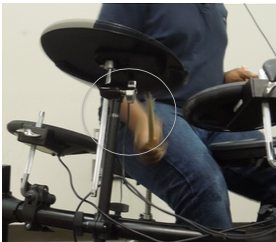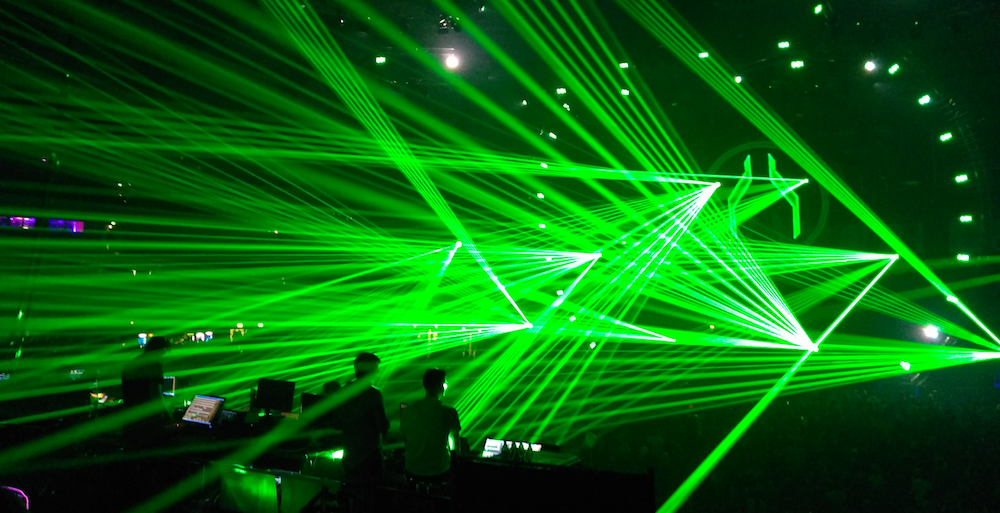Ensemble Synchronization and Groove (Research Project 2014—2015)

During my time at the Austrian Research Institute for Artificial Intelligence (OFAI), I worked in a research group lead by Werner Goebl on “Synchronization and Communication in Music Ensembles”.
.. what makes a song groove?
We ran a study where we recorded Jazz Ensembles and analyzed their timing to get a better understanding of what creates the sensation of “groove” in such music groups?



Analyzing more than 38.000 recoded notes with according sensor signals, we extracted the individual timing patterns of drummers, bassists and soloists and found a significant influence of the drummer’s playing on the timing of the entire ensemble. Recordings where asynchronies among the performers were smaller than 19 ms were preferred by listeners over those with larger asynchronies [1].
.. what if there is perfect timing, does it all groove?
In a second study we were interested in which factors other than the timing might contribute to “groove” and the urge of people to want to dance. Here we used electronic-dance music, characterized by its (drum) computer accurate timing for our listening experiment [2]. We found that contrasting sound effects and complex rhythmical patterns were endorsed by listeners. However, the individual musical preferences of the listeners had to be taken into account. “Classical, avant-garde and jazz listeners perceived EDM as too structured, too orderly and too simple, whereas punk, heavy metal and rock listeners were not motivated to dance to EDM although they perceived the music as likely to nod your head to or tap with the feet to it.” [2]

References:
[1] Hofmann, A., Wesolowski, B. C., & Goebl, W. (2017). The Tight-interlocked Rhythm Section: Production and Perception of Synchronisation in Jazz Trio Performance. Journal Of New Music Research, 46(4), 329–341. doi:10.1080/09298215.2017.1355394
[2] Wesolowski, B. C., & Hofmann, A. (2016). There’s More to Groove than Bass in Electronic Dance Music: Why Some People Won’t Dance to Techno. PLoS ONE, 11(10:e0163938). doi:10.1371/journal.pone.0163938
Funding:
This research was carried out at the Austrian Research Institute for Artificial Intelligence (OFAI), within the FWF-Project (P24546) “Performing together: Synchronization and Communication in Music Ensembles”, as well as the “mdwCall2014” of the University of Music and Performing Arts Vienna.

